What it took for Malaysia to win at the Olympics of the pastry world
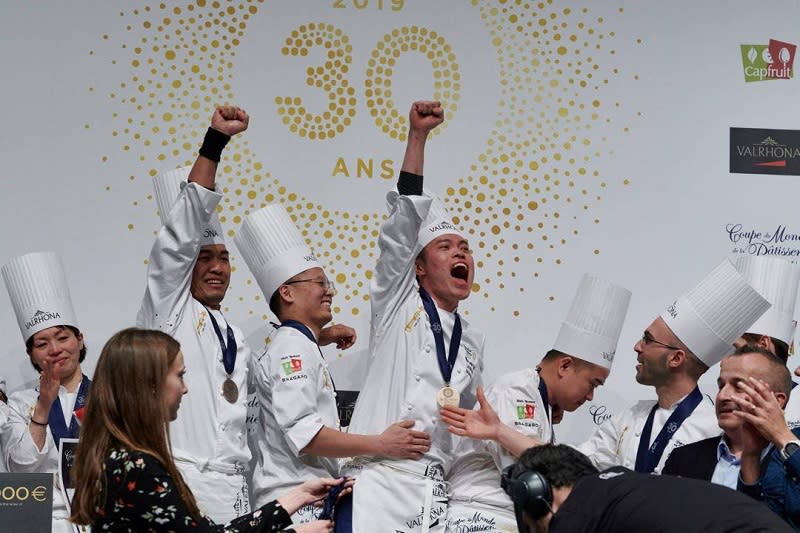
KUALA LUMPUR, Aug 31 — While we fight with our neighbours about who “owns” chicken rice or cendol, you would not immediately associate pâtisserie with Malaysia.
Yet earlier this year, Team Malaysia won the coveted World Pastry Cup or Coupe de Monde de la Pâtisserie in Lyon, France.
For Patrick Siau, Tan Wei Loon, Otto Tay, Loi Ming Ai it was an unforgettable experience when the Negaraku was played at the ceremony.
Held every two years, the competition is seen as the Olympics of the pastry world. This year’s final saw 21 teams from Africa, Asia, Latin America and Europe.
As the competition celebrated its 30th anniversary, the committee unveiled a new set of rules just to shake things up.
All contestants had to follow one theme that represented Nature, flora and fauna. Following a growing trend for plant-based diets, a vegan dessert was required.
Even the chocolate dessert had to be made with honey, in support of beekeepers.
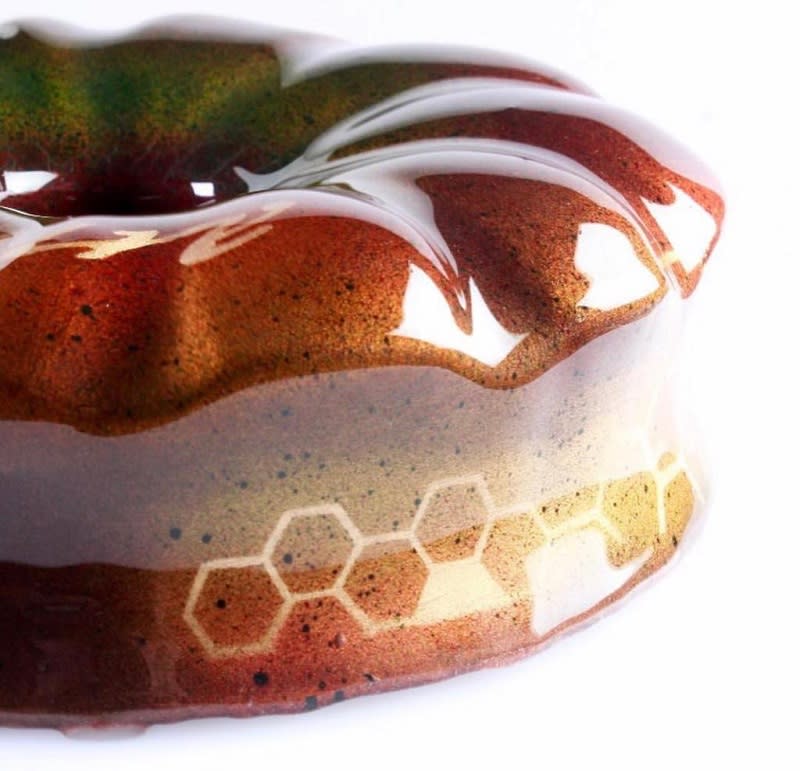
Lastly, transparent blown sugar creations could only be crafted manually, following in the footsteps of the famous Italian Murano glassmakers.
Each member in the team had specific roles. Siau who is Sunway University School of Hospitality ‘s head chef was the team coach and in charge of fund raising and logistics for the competition.
For Tan and Tay, it was their third time taking part. ”It is one of the toughest competitions in the world,” Tan said.
Tan took charge of the chocolate dessert and sugar art display, while Tay prepared the vegan dessert and chocolate display.
Loi, the newest team member was roped in to carve the ice sculpture. He also prepared the ice cream dessert.
Tan is a veteran who has been in the pastry line for 13 years. Previously he worked in a hotel but now he’s a corporate pastry chef at the Academy of Pastry Arts Malaysia.
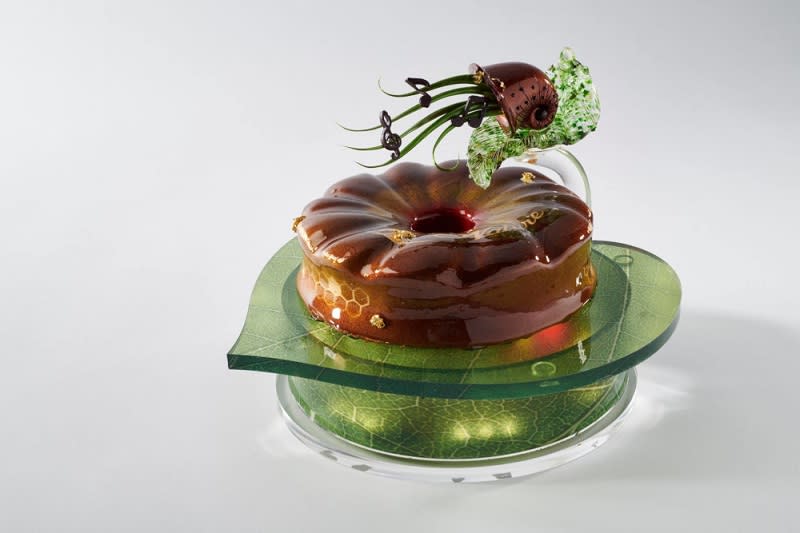
For the competition, he presented his chocolate dessert La Nature. After he got the new rules about incorporating honey, he took the hard decision to scrap his chocolate cake recipe. This was despite having tested it more than 20 times.
“Sometimes it is difficult to improve a recipe so I decided to change it completely,” he explained. His drive for perfection was only satisfied after testing it out 40 to 50 times!
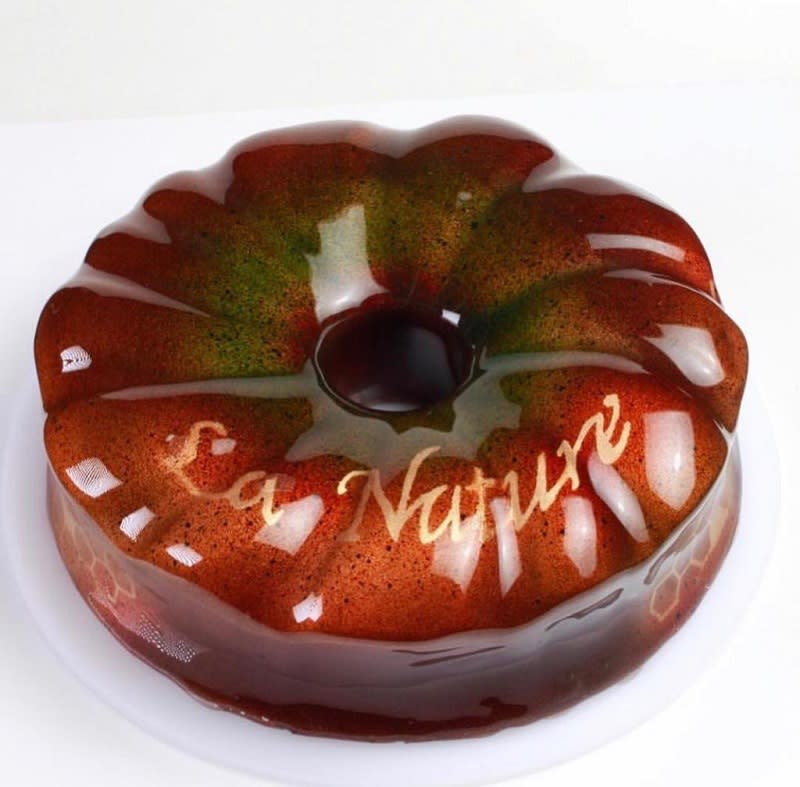
“I wanted the taste of chocolate first, followed by honey and lastly, chocolate.” With this in mind, Tan set out to find which type of honey would best suit his creation.
Eventually he chose three types: chestnut, buckwheat and forest honey. He also added a honey liqueur blended with whisky.
All aspects were considered — from how the flavour profile changes when it is cooked to the mouthfeel as the dessert starts to melt.
The dessert had multiple layers: chocolate mousse, chocolate cream, chocolate sponge, ganache that was finished with a chocolate glaze. There was also a streusel base and to give it a refreshing taste, a thin layer of mango and yuzu jelly was added.
In 2017, when Malaysia competed, Tan was the team manager which saw him taking part in the judging. That insight gave him a valuable perspective into what the judges are looking for in a winning creation.
According to Tan, even though creativity is appreciated, it is something that still needs to be reined in. What the judges want is a balance of flavours.
Taking up the challenge to produce a plated dessert that was vegan, the first-ever in the history of the World Pastry Cup, was Tay.
Since young, Tay has always loved buns. This led him to take up a career as a baker. The turning point that drove him to become a pastry chef was when he worked as a volunteer during a Food and Hospitality Malaysia event.
He recalled, “It was my first time seeing a chocolate showpiece and it inspired me to become a great pastry chef in the future.”
That ambition drove him to work at the Academy of Pastry Arts Malaysia. Now, he is based in Vietnam where he is the corporate pastry chef at Dobla Asia.
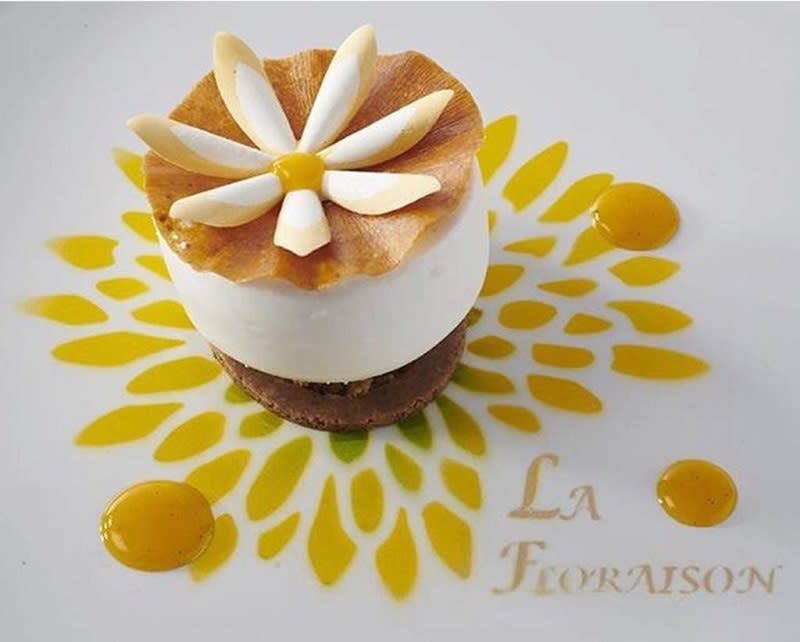
The plated dessert known as La Floraison takes inspiration from the popular Hong Kong mango, pomelo and sago dessert. It was presented in a cup made from coconut granita.
Inside the cup were layers of exotic cream, almond dacquoise, cubed mangoes, exotic coulis and pomelo. Delicate fronds made from exotic and coconut meringue decorated it.
Since no eggs were allowed, Tay used fermented water from canned chickpeas, known as aquafaba to create the meringue. Tay also elaborated that they tested out the dessert more than 20 times before they managed to hit the taste they wanted.
As one of the rules required a local ingredient, Tay chose to showcase pomelo from Ipoh in his dessert. The tangy fruit helped to give the dessert a refreshing taste, undercutting the richness from the cream.
In fact, Tan revealed that originally they didn’t select pomelo as they didn’t think it was appropriate. It was only after they tasted the combination of coconut and pomelo together that they decided it was competition worthy.
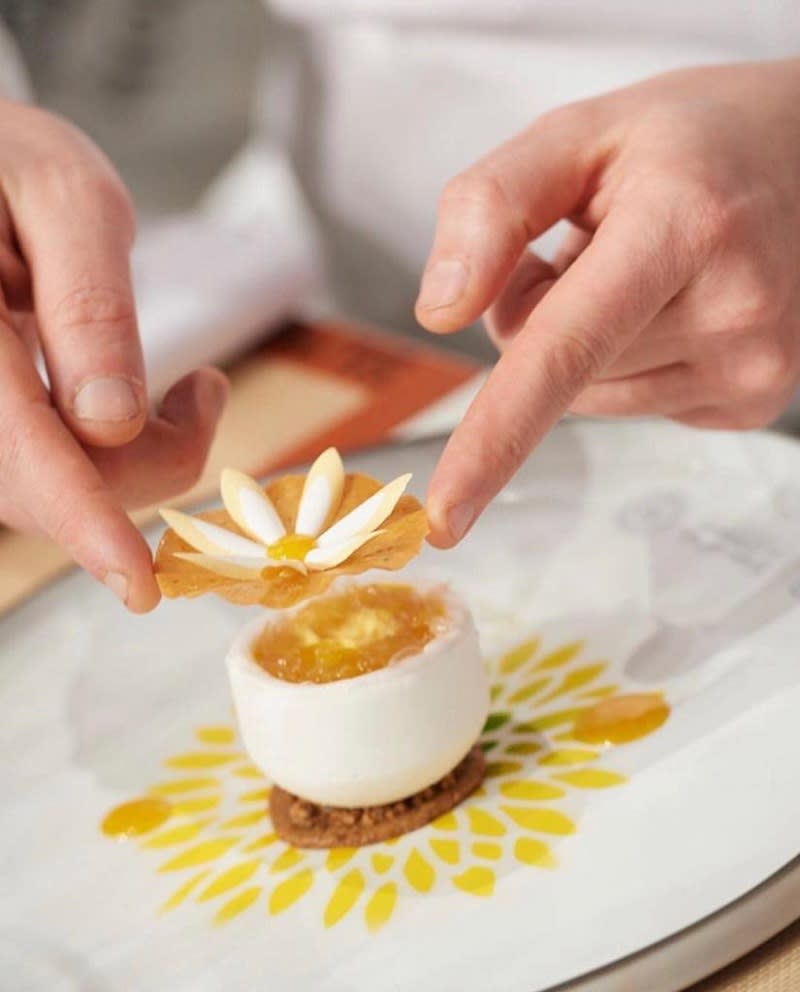
In choosing the right pomelo, Tay tried more than 20 types from a stall in Ipoh before he settled for the right type for his dessert.
Tay is no stranger to using local fruits in his sweet creations. For the 2012 Asia Pastry Cup, he showcased pisang emas, the locally grown finger bananas, which clinched him the prize for best plated dessert.
In the 2014 edition of Asia Pastry Cup, he used the Sarawak pineapple and that creation also scooped up the award for best plated dessert.
At the World Pastry Cup, ice carving was a big challenge so they roped in Loi, a first-timer to the World Pastry Cup competition.
Loi’s foray into the world of pastry started back in his hometown of Kuching when he worked in a bakery. He then joined the Academy of Pastry Arts Malaysia and became the executive pastry chef there.
Previously he had competed in other competitions but never for this particular competition. It was also his first time doing ice carving!
“Ice carving is one of the hardest to do so he suffered a lot,” explained Tan. Many shy away from doing it as handling a chainsaw can be incredibly scary.
Loi was a natural choice as Tan explained, he had a talent for sculpting and carving. In the beginning, Loi was taught by the ice carving master John Yong who has clinched multiple awards at competitions all over the world.
Since his lessons took place in the afternoon at an ice factory, his first few attempts weren’t perfect! Loi added, “For the first eight to 10 times, it didn’t look like a monkey, sometimes it looked like a donkey or a horse!”
Later, he practised at the academy, sculpting first with styrofoam before he perfected his techniques with an ice block within the two-hour time limit.
The weather also made a difference during the competition since he had honed his skills in our tropical weather. As it was cold in France, his sculpted monkey during the rehearsal was a chubbier version which didn’t melt even after a few days!
Luckily the competition took place in room temperature conditions and there was a warmer which meant the temperature was similar to the air conditioned environment here.
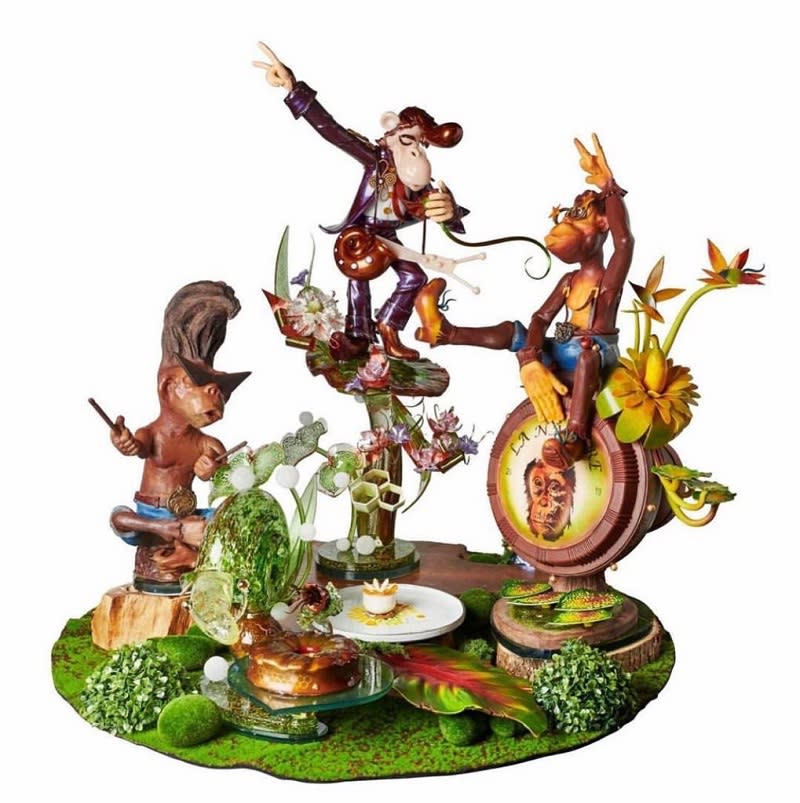
His hard work paid off. At the end, the monkey ice sculpture was placed together with Oto’s chocolate sculpture and Tan’s sugar creation—three monkeys, using various materials. Tan explained the ice sculpture is not usually placed in there so it was a bonus.
Loi was also in charge of the ice cream dessert, La Papillon — raspberry and lychee sorbet in a cylinder-shaped parfait where there are multiple layers of pistachio meringue and vanilla yoghurt ice cream. Topping the dessert was an exquisite handblown butterfly wing while the cylinder featured the other half of the wing.
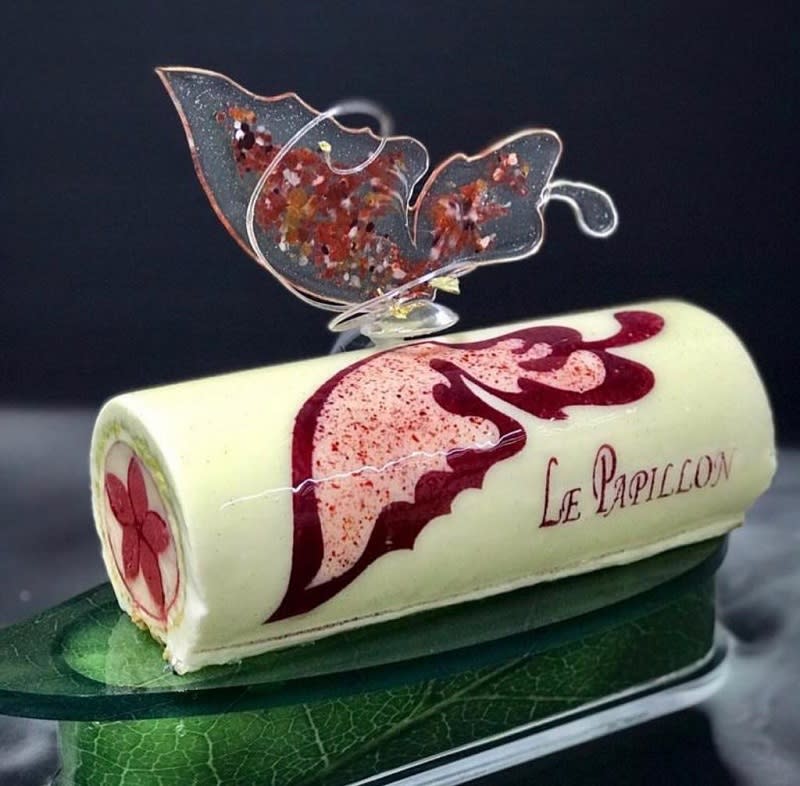
In terms of taste, he was restricted to using the designated fruit purees in the competition. So he knew he had to ace the presentation in order to impress the judges.
If you cut the cylinder in half, you will notice there’s a flower with five petals, sharply etched out. This, Loi explained, was made using a special mould that he carved himself.
In terms of technique, it’s extremely hard to get the petals sharp edged. Loi tried many times. The cliffhanger was whether Loi would be able to get it right, as Tan said they all thought he would give up. Luckily he kept at it until he succeeded.
Another technique involved spraying the butterfly wing onto the cylinder using natural fruit purees. It took Loi many tests and constant tweaking to get the design right. The design only got confirmed at almost the last minute, just about two weeks before they left for France!
A key factor to the competition is organisation. Tan explained, “Organising is very important in this competition... how we organise our time and the logistics.”
Every method had to be timed perfectly for the competition, down to the last minute. One misstep would have thrown their preparations off. To achieve that, the team constantly practised in an environment set up exactly like the competition kitchen.
As Tay was in Vietnam, he would fly back every weekend to practise with his team-mates. Just before the competition, in December, they managed to get a break from work so they could practise at the Academy of Pastry Arts Malaysia.
As the Malaysian team was the last to be tasted by the judges after two days, the desserts needed to be light and refreshing “As the judges need to try desserts from 21 countries, it also needed to be memorable,” explained Loi.
Nothing was left to chance. They brought over two pieces of the same equipment, in case one did not work. Since they were used to certain equipment and tools, they brought the same items over via cargo... a whopping 800 kilograms!
Tan recalled how they had a scare in 2015 when certain equipment was left out. Luckily, their girlfriends brought that with them when they flew over later. Still, it was an experience they didn’t want to repeat.
Even the power of prayers was invoked as Tan and his team would often pray in temples. Another ritual was visits to his friend cum mentor, Chef Kong Yik Hong who has since died. Tan credits the late Chef Hong, as he was fondly known, as the one who taught him many sugar art techniques.
For this momentous win, Tan also believes that Niklesh Sharma who set up the Academy of Pastry Arts Malaysia here had a major role to play.
If he had not set up such a place, pastry arts wouldn’t have advanced as much in the country. Another important element was the guidance from Jean-Francois Arnaud, one of France’s pastry chefs who was awarded the MOF or Meilleur Ouvrier de France, which means best craftsman of France.
As he is familiar with what the judges were looking for, every item was tasted by him. “We were lucky to meet him early in our careers. If he knows a new technique, he will share and he is dead honest about the taste,” said Tan.
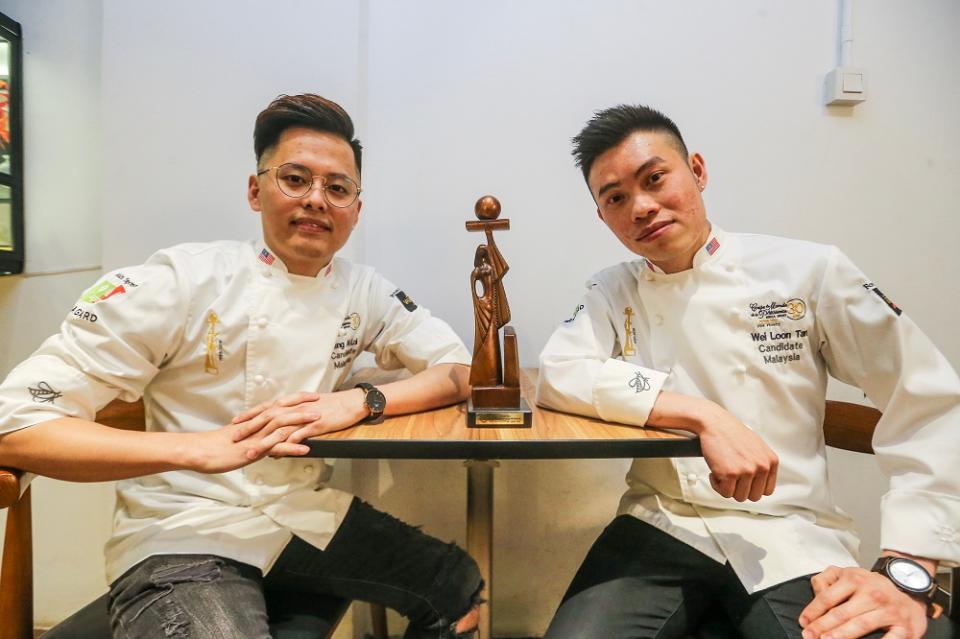
While they may be excluded from the next World Pastry Cup (previous winners sit out the next competition), the trio are busy training younger chefs to groom another future champion. “With my generation there was no information. We hope for the next generation, they won’t need to go as far as us to reach the information.” explained Tan.
Most importantly, as pastry chefs they also need to be constantly on the ball. With the title, all eyes are also on them. Tan explained, “In this line, even though you have this title, it does not mean you have everything. If you don’t improve yourself in one year, you will disappear. The trends change too fast in pastry.”
For more inspiration on their pastry creations, follow Tan Wei Loon, Otto Tay and Loi Ming Ai.
Related Articles Pastry chef Yann Couvreur to set up shop in London Now you can taste the Malaysian World Pastry Cup champions' winning desserts at this KL dessert cafe Dominique Ansel to open new shop in Hong Kong



